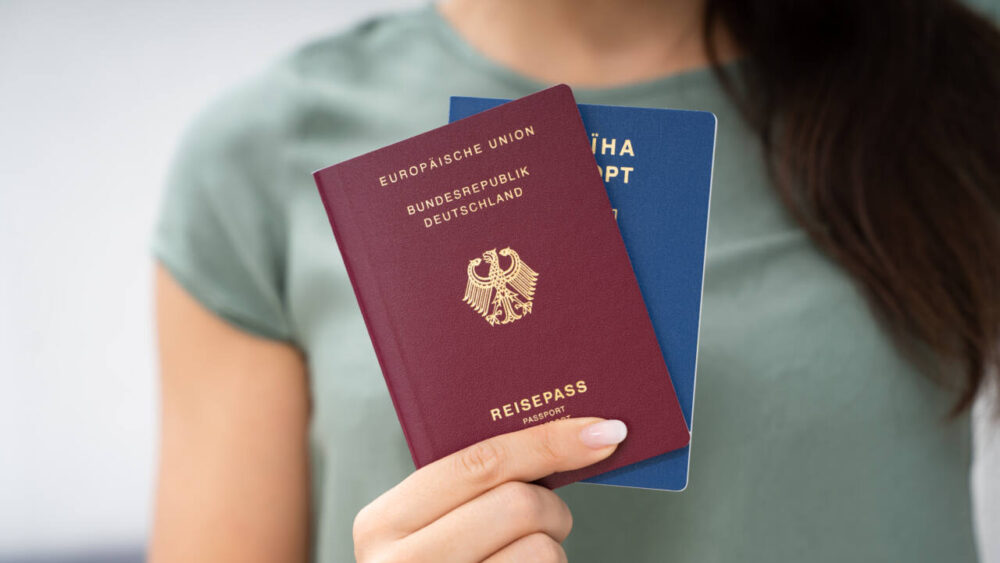Why don’t some Americans gain weight on indulgent European vacations?

The handful of times I’ve been lucky enough to visit Europe, I’ve enjoyed many an amazing meal.
In Belgium, I sampled all the beer and chocolate. In Italy, there were multi-course feasts with pasta, bread and always a dessert. In France, I ate crusty baguettes and cheese for days, drank wine, and enjoyed so many delectable sweets and pastries. In Ireland, I ate many a full Irish breakfast in the morning plus pints of Guinness at night.
When I returned home after all those trips, I was happily surprised to find I hadn’t gained weight. And I know anecdotally of many others that have experienced the same after their European sojourns. Some even lose weight!
MORE: 11 mistakes people make when traveling to Europe
How can this be? Why does eating rich foods out of your normal diet on a European vacay often not lead to extra pounds? (No, the conversion between European and American weight measurements isn’t tricking you.)
There aren’t a lot of studies on vacation weight loss, but a recent Wall Street Journal article theorizes why Americans may lose or not gain weight while vacationing abroad.
You’re Taking More Steps
Often when traveling in Europe, visitors will spend a good deal of time on their feet, walking between sights, shops, restaurants and public transport. This is partly due to the nature of being a tourist and exploring. But it’s also because most European cities were built before the invention of cars, unlike many American towns and sprawling suburbs, so they’re built for pedestrians.
The WSJ article cites a 2017 study from Nature, which found that people in many European countries took more steps a day than Americans do. The study also found that “higher walkability is associated with significantly more daily steps across all age, gender, and body mass index (BMI) groups.”
The daily step average was 4,774 in the U.S., 5,296 in Italy, 5,444 in the U.K., and nearly 6,000 in Spain.
I definitely experienced this on my European sojourns. I walked so much on one Parisian trip that my supposedly comfortable walking shoes gave me blisters. But a surprising bonus was that when I walked into a local pharmacy, I automatically got the personal attention of a pharmacist who recommended the best bandages.
MORE: Yes, everyone really is on vacation in Europe right now
And I don’t think you have to leave the country to get the “vacation steps” effect if where you’re going will involve public transit and not using a car as much.
On a recent family trip to Yellowstone National Park, even our short hikes and walks to landmarks meant much more time on our feet than we normally have at home. I noticed the same thing when I took a trip to Chicago a few years ago. It was a 15-minute walk from where I was staying to the nearest “L” (Chicago Transit Authority train) station plus more walking time from my arrival station to my actual destination. My Fitbit recorded me exceeding my step goal every day of that trip.
Indeed, a study conducted within the framework of the European Physical Activity through Sustainable Transport Approaches (PASTA) project showed that “living in high-density residential areas with richness of facilities and density of public transport stations was associated with increased walking for travel.”
You’re Eating Smaller Portions of Healthier Food
Another reason you might not gain weight while on a European trip is that food has fewer additives and refined ingredients. When you visit a supermarket in Italy, you won’t find a whole aisle of potato chips, but you do get informational labeling designed to help consumers make better choices. Overall, there are fewer opportunities to get processed foods.
Dr. Dariush Mozaffarian, a cardiologist and Tufts University professor of nutrition and medicine pointed the WSJ reporters to a study in the European Journal of Nutrition which explains that 57% of U.S. adult calories were from “ultra-processed food” whereas the same kind of food made up only 12% of European adults’ diets.
Americans are at the top of the list for daily calories delivered to households (but not actually consumed), according to Our World in Data. In 2018, the U.S. was at 3,782 kcals, Italy at 3,503 kcals, France at 3,502 kcals, the U.K. at 3,344 kcals and Spain at 3,322 kcals.
MORE: 6 American foods that are banned in other countries
And portion sizes do indeed seem to be larger in the U.S. compared to many European countries. In particular, University of Pennsylvania psychology professor Paul Rozin’s research has focused on France vs. the U.S. and says there is a big discrepancy between the two countries. He estimated that meal portions in the U.S. are 25% larger on average.
So when you next head to Europe, get some good walking shoes and enjoy all the foods — in smaller quantities.







